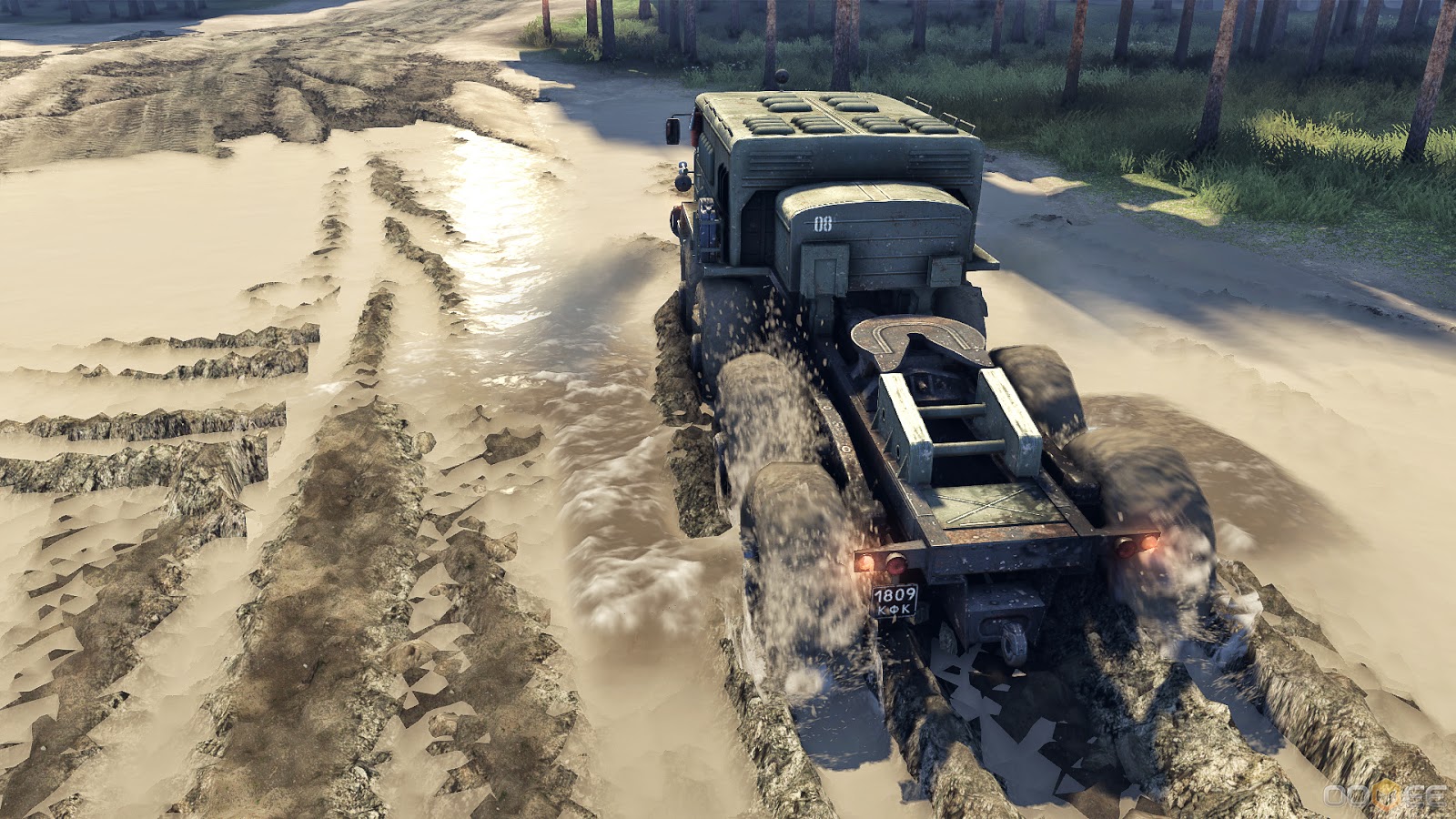It goes without saying most triple AAA titles that come out these days have at least two distinct formats; a disk in a plastic case or a deluxe collectors edition with tons of stuff in addition to the game. Of course a third, and increasingly common form, is digital distribution. Back before the internet though it really came down to the box since there were only a few monthly publications that had relevant information regarding what was on store shelves.
Box art was obviously a big deal, and unlike now, where sizes have become standardized, computer games back in the day came in all sorts of rectangular shapes. Fold out front covers were one way companies increased how many screenshots, quotes and bullet points they could display. The quality of the packaging was also very important with embossed slipcases over heavy reinforced cardboard being the pinnacle of the design concept. Then there were some interesting outliers such as the aptly named
Shadow of the Beast, which came in a box so huge it could easily be mistaken for a board game rather than an Amiga title (apparently the extra space was need for the T-shirt included inside). Conversely,
Adventure Construction Set came in a box so slender it looked like a vinyl record case.
Thief 1 and
2 were sold in a trapezoid shaped boxes, while
Day of the Tentacle tried to draw attention by hitting store shelves in a box shaped like a triangular peg.
When it comes down to what's in the box, soundtracks, art books, and plastic figurines tend to be all the rage now. So much so these collectibles are sometimes included in pre-orders at no extra charge. I got a copy of
Dark Souls in a tin case with all the above mentioned extras for the same price as a regular copy simply because I ordered it off Amazon before the release date. Not a bad deal really, but it was hardly my first experience with free gaming trinkets. For that you'd have to go way back to the very first
Leisure Suit Larry game and the novelty "Lefty's Bar" napkin that was included with each copy of the game. This was hardly anything special though compared to the mainline
Ultima series which had cloth maps, pendents, tarot cards, and drawstring pouches containing fantasy coinage or even metal runes.
Copy protection wheels were another common accessory. Although these eventually gave way to looking up individual words in tome-like instruction manuals. These packaged books (yes, books and not pamphlets) not only contained information on how to play the game, but also had extensive setting material and flavor text. In particular, the original
Heroes of Might and Magic contained a series of correspondence letters written by a traitor to his former master.
Wing Commander had a short comic, and
Space Quest featured an in-fiction magazine that had articles, interviews, plus mail order advertisements for Labion Terror Beast Mating Whistles among other things (yes, you need one of those in
Space Quest 2). There was lots of history to be found, both made up (as in the case of
Homeworld) and real (like the
Art of War games).
Overall, most of the stuff that comes with the games themselves ends up being a bunch of shelf space wasting junk. In defense of the
GTA series though, I will say it's nicely practical that the posters included with the games have world maps printed on the backside. What really makes me sad though is people scrambling to get crap like cheap headsets, night sight goggles or plastic helmets that are too tiny to actually wear, yet the gorgeously illuminated wizard's book for
Ni no Kuni is only available as a PDF file attachment for the US version of the game. This is especially depressing when you consider that the book is a genuinely useful piece of realia tied directly to gameplay. I guess busts of
Duke Nukem or the dismembered torso of a bikini wearing zombie in
Dead Island are more marketable though, right?...*sigh*


















